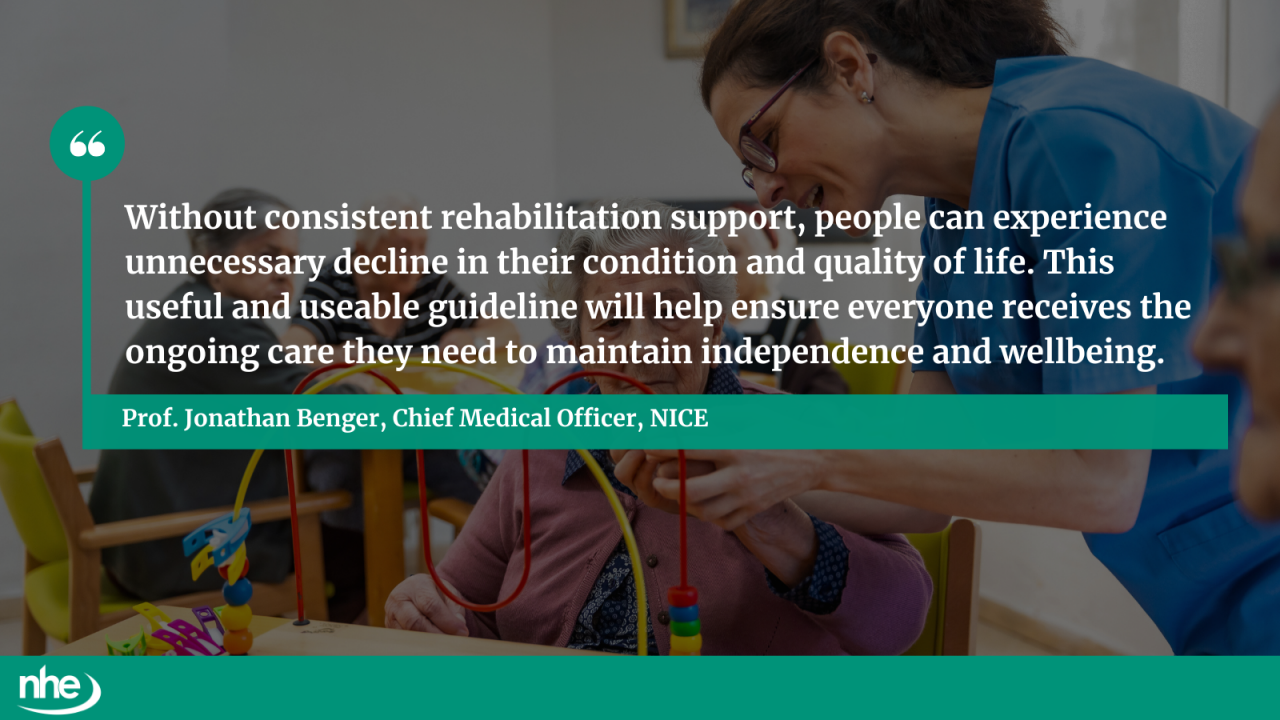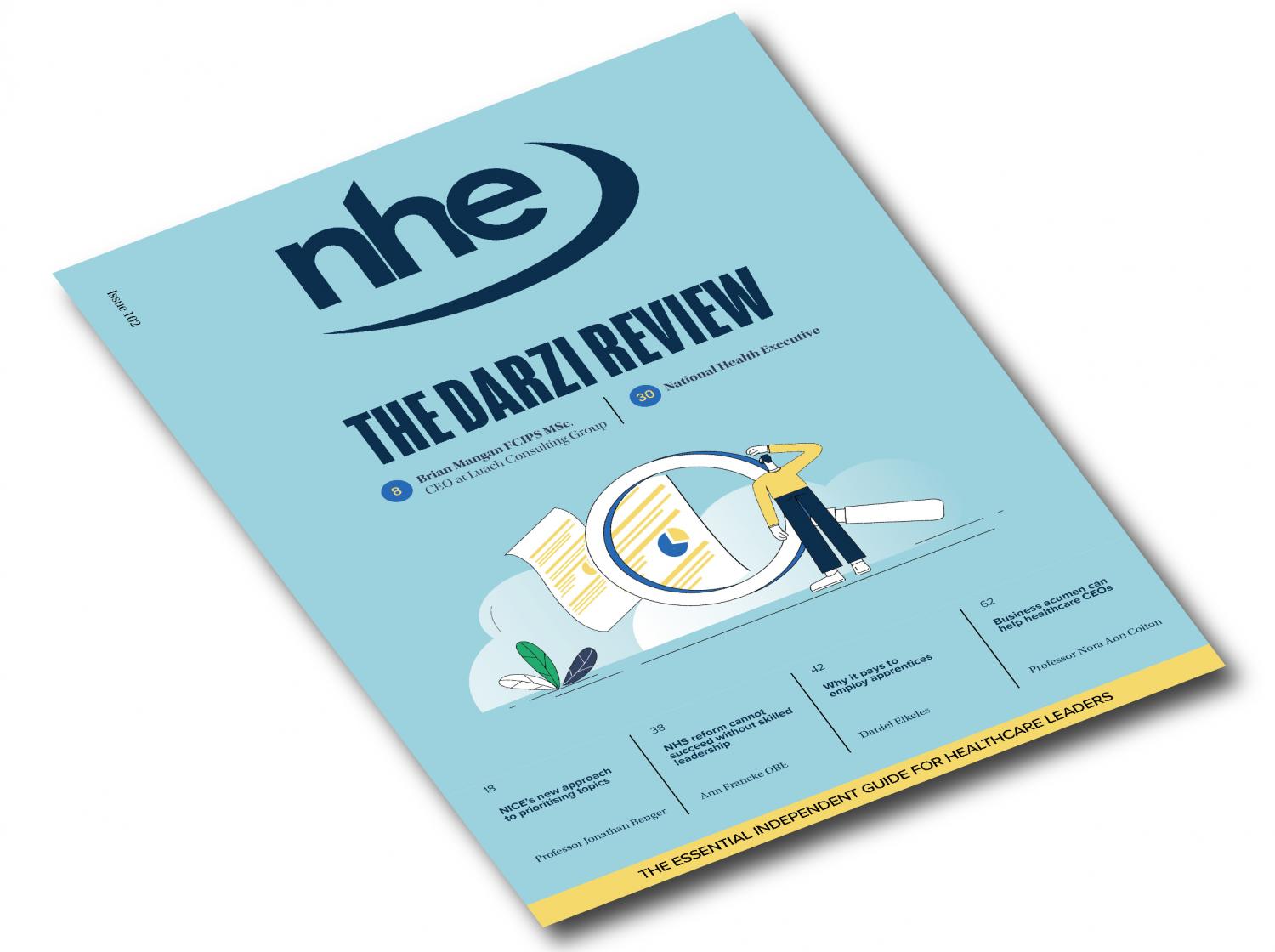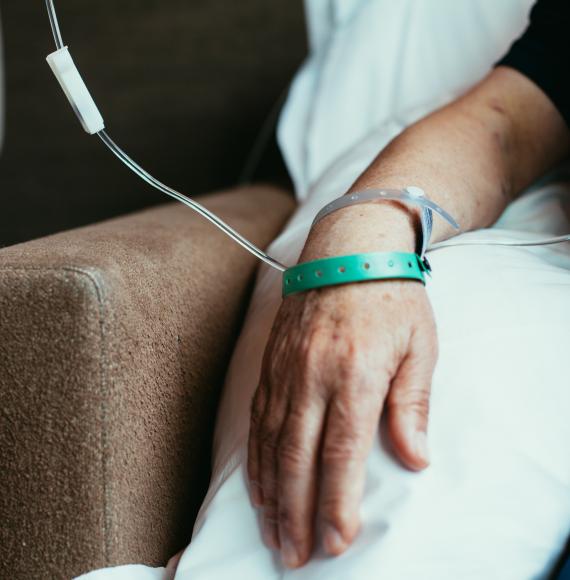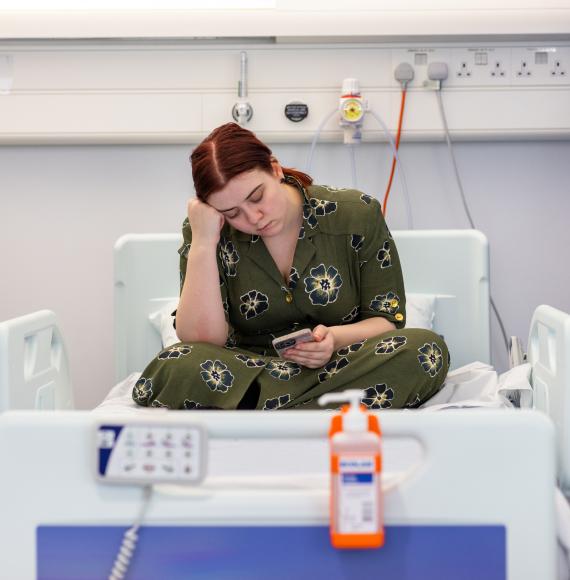A new draft guideline has been published to address the widespread variation in rehabilitation services for individuals with neurological conditions, including brain and spinal cord injuries.
The guideline aims to establish a standardised approach to rehabilitation across five major neurological conditions, ensuring consistent and adequate support for those discharged from healthcare.
In the UK, approximately one in six people, or 16.5 million individuals, live with a neurological condition, including acquired brain injury. The draft guideline recommends that healthcare professionals adopt a multidisciplinary approach to rehabilitation for chronic neurological disorders, based on a holistic assessment of each person's needs. This approach may involve physical, occupational, speech, and cognitive therapies, as well as psychological support and vocational counselling.

Professor Jonathan Benger, Chief Medical Officer at NICE, said:
“Without consistent rehabilitation support, people can experience unnecessary decline in their condition and quality of life. This useful and useable guideline will help ensure everyone receives the ongoing care they need to maintain independence and wellbeing.”
A key recommendation is the establishment of a single point of contact for individuals with chronic neurological disorders. This includes ensuring that each of the 42 Integrated Care Boards in England has complex case managers to coordinate care across health, social care, and third-sector organisations, ensuring patients receive the necessary rehabilitation services.
Other recommendations in the draft guideline include:
- Improving assessment and referral pathways, including re-referral for those with changing needs, so GPs and other healthcare professionals know when to refer patients back to specialists.
- Ensuring that individuals with chronic neurological disorders, their families, and carers are aware of how to access rehabilitation services in their area.
The draft guideline also advocates for stronger collaboration between commissioners and service providers, and improved communication between health, social care, education, and employment organisations.
Image credit: iStock



















